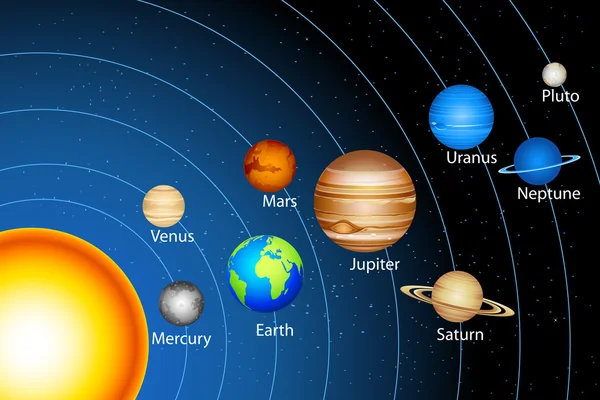Exploring the Wonders of Our Solar System!
Hello, young astronomers! Today, we are going on an exciting journey through our solar system. Buckle up and get ready to explore the amazing wonders that exist beyond planet Earth!
Our solar system is a vast and fascinating place. It is made up of the sun, the eight planets, moons, asteroids, and comets. Let’s start our journey by learning about each of these incredible celestial bodies.
The Sun: The sun is like a big, fiery ball of gas that provides light and heat for our solar system. It is so enormous that you could fit more than a million Earths inside it! The sun is also a star, and it’s the closest one to us. Without the sun, life on Earth wouldn’t be possible.

The Inner Planets: Mercury, Venus, Earth, and Mars are known as the inner planets. Mercury is the closest planet to the sun and is very hot. Venus is covered in thick clouds and has a scorching hot surface. Earth, our home, is the only planet known to support life. Mars is often called the “Red Planet” because of its rusty appearance.
The Gas Giants: Jupiter, Saturn, Uranus, and Neptune are the gas giants. They are much larger than the inner planets and are made mostly of gases. Jupiter is the largest planet in our solar system and has a giant red spot. Saturn is famous for its beautiful rings made of ice and rock. Uranus and Neptune are both icy and have many mysterious storms.
Moons: Moons are natural satellites that orbit around planets. Earth has one moon, but other planets have many! For example, Jupiter has a whopping 79 moons, while Saturn has 82. Some moons even have oceans of liquid water beneath their icy surfaces, making them potential places for future exploration.
Asteroids and Comets: Asteroids are rocky objects that orbit the sun, mostly found in the asteroid belt between Mars and Jupiter. Comets are icy bodies that come from the outer regions of the solar system. They have a glowing tail when they get close to the sun. Some famous comets include Halley’s Comet and Comet Hale-Bopp.

As we journey through our solar system, we learn that each planet has its own unique features and characteristics. Some have extreme temperatures, while others have fascinating rings or moons. Scientists continue to explore and discover new things about our solar system, and who knows what they will find next!
Remember, young astronomers, our solar system is just a tiny part of the vast universe. There are billions of other galaxies, stars, and planets waiting to be explored. So keep looking up at the night sky, dream big, and never stop asking questions!
Now, it’s time for you to create your own solar system models or draw your favorite planet. You can also imagine what it would be like to visit these distant worlds. The universe is yours to discover!
Safe travels through the solar system, young astronomers!
